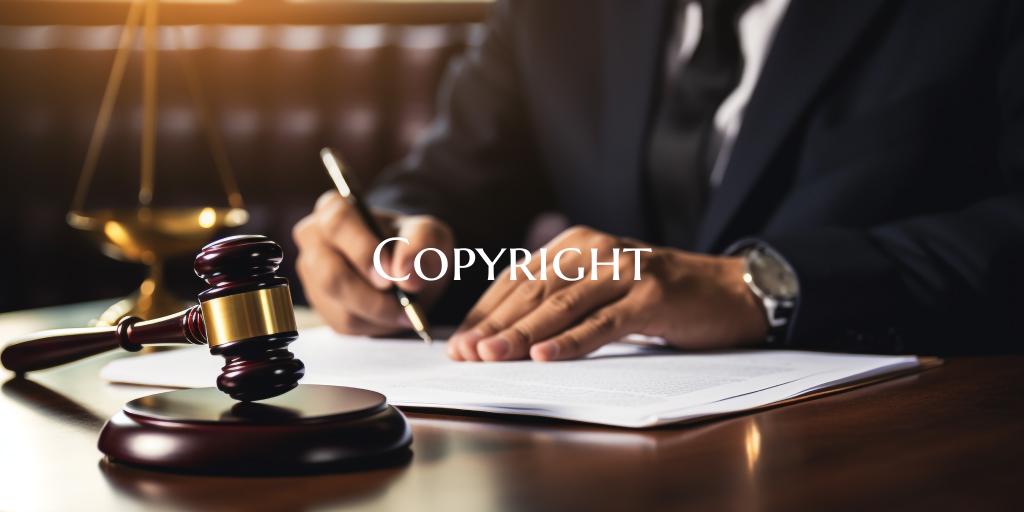
Copyright
### Understanding Copyright: Protecting Creative Works
Copyright is a legal concept that grants the creator of an original work exclusive rights to its use and distribution. This protection applies to various forms of creative expression, such as writings, art, music, and software. By granting creators these rights, copyright law aims to encourage creativity and the production of new works.
#### Importance of Copyright Protection
Copyright protection is crucial as it allows creators to control how their works are used and distributed. It gives creators the ability to financially benefit from their creations by providing them with exclusive rights to reproduce, distribute, display, and perform their works. This protection also incentivizes creators to continue producing innovative content without the fear of exploitation or theft.
#### Rights of Copyright Holders
Copyright holders have several exclusive rights over their works, including:
1. Reproduction: The right to make copies of the work. 2. Distribution: The right to distribute copies of the work to the public. 3. Public Display: The right to display the work publicly. 4. Derivative Works: The right to create adaptations or derivative works based on the original work. 5. Performance: The right to perform the work publicly.
#### Fair Use and Copyright Exceptions
While copyright protection is essential, there are limitations to these rights, notably through fair use. Fair use allows the use of copyrighted material without permission for purposes such as criticism, commentary, news reporting, teaching, scholarship, or research. It is crucial to understand the principles of fair use to navigate the boundaries of copyright law appropriately.
#### Protecting Your Works
To protect your creative works, it is important to understand copyright laws and take the necessary steps to secure your rights. This includes:
1. Registering Your Work: Registering your work with the appropriate copyright office provides you with additional legal protection and evidence of ownership. 2. Using Copyright Notices: Displaying a copyright notice on your works informs others that you hold the rights to the content. 3. Licensing Your Work: Consider licensing your work to grant others permission to use it under specific terms while retaining your rights. 4. Monitoring and Enforcing Your Rights: Stay vigilant for unauthorized use of your works and take action against infringements when necessary.
#### Conclusion
Copyright protection plays a vital role in safeguarding the rights of creators and promoting a culture of innovation. By understanding copyright laws and taking proactive measures to protect your creative works, you can ensure that your intellectual property is respected and properly utilized. Remember, respecting the rights of others is just as important as protecting your own creations in the realm of copyright.
